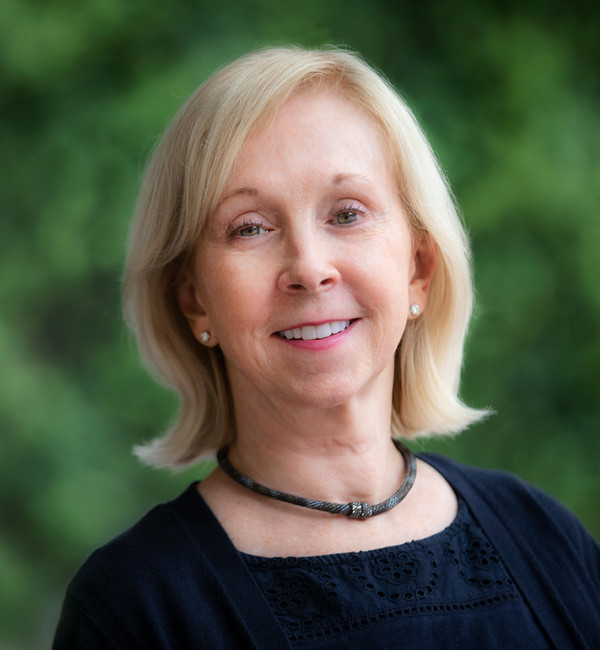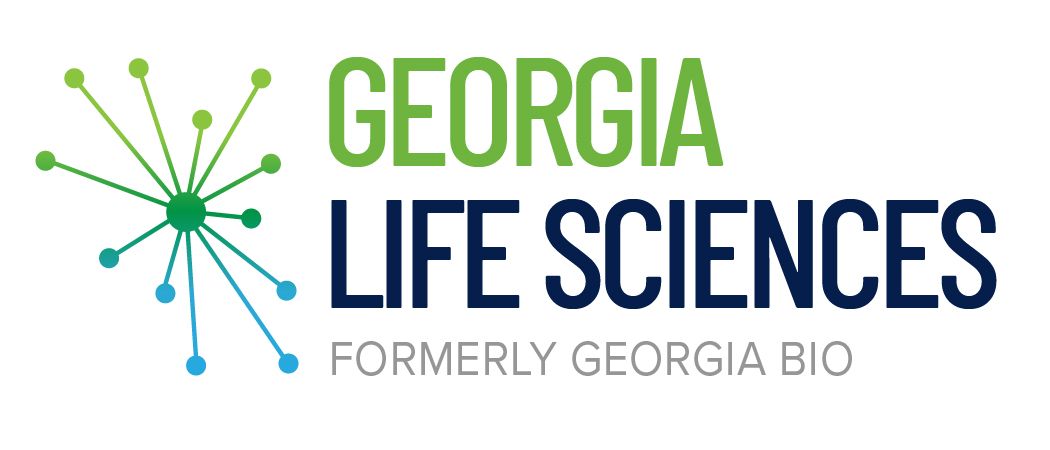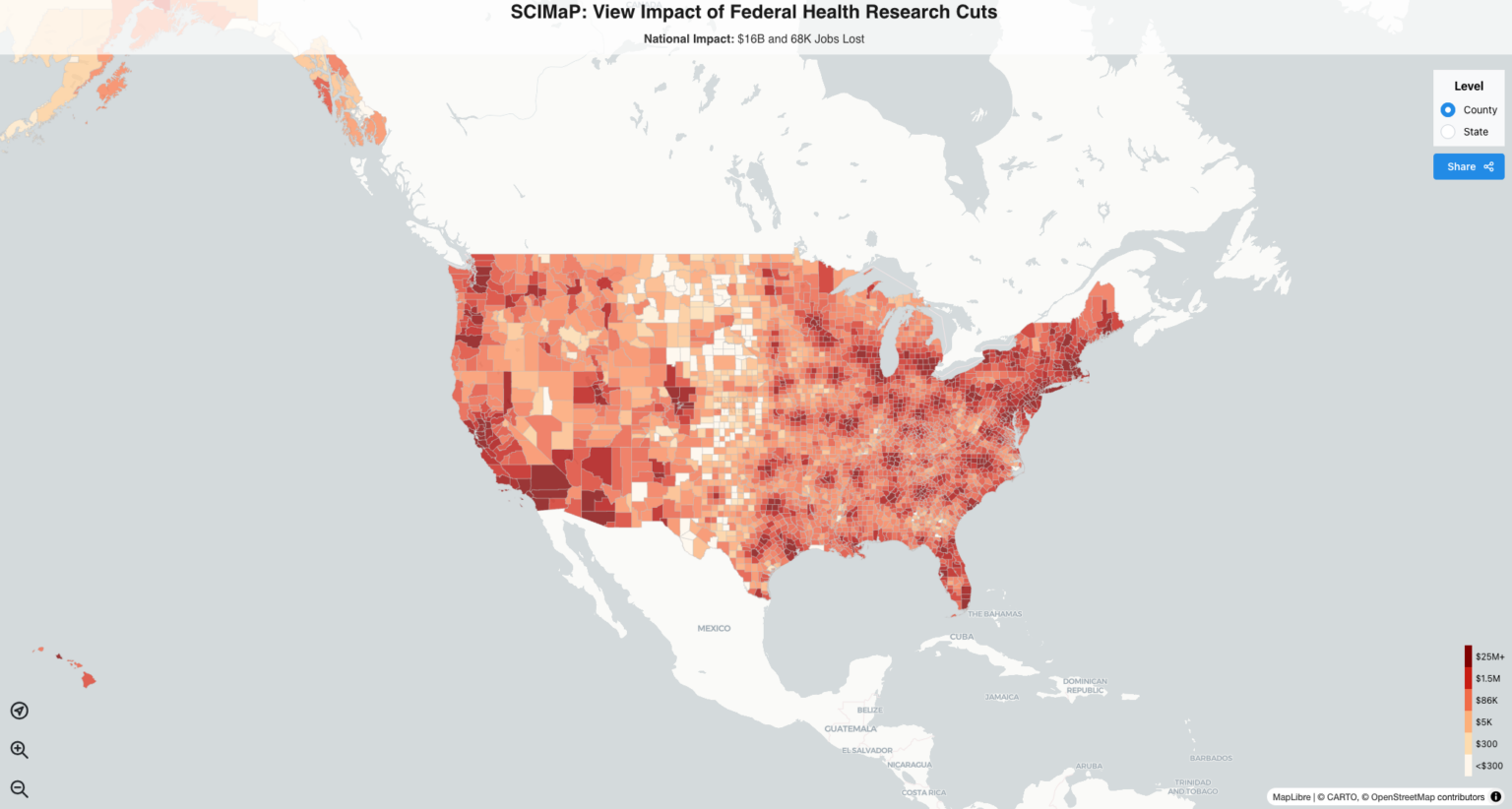GRA President and CEO Susan Shows to Retire with 22-Year Legacy
Tenure marked by shaping all major aspects of the organization

A driving factor in the development and success of the Georgia Research Alliance over a tenure that has spanned more than two decades, President and CEO Susan Shows today announced her retirement from the Alliance at the fall meeting of GRA’s Board of Trustees.
Since joining GRA in 2001 as vice president, Shows was instrumental in shaping each of the organization’s areas of operation. She worked closely with member universities to bring top scientific talent to their campuses, playing an active role in the recruitment of most of GRA’s 78-member Academy of Scientists. She also partnered with university leaders to identify “best investments” in high-tech lab equipment and core research facilities to make Georgia’s institutions more competitive in winning lucrative research grants and contracts.
And 20 years ago, she served as chief architect of GRA’s venture development program, a multi-faceted enterprise that has helped launch 240 high-potential startup companies with operations in Georgia, all based on inventions made by university scientists in Georgia.
While serving in the senior vice president role, Shows placed collaboration and impact at the center of these and other activities. She often brokered working partnerships among scientists and universities and between academia and industry. And she developed the statistical framework for providing funders with an accountability of GRA’s performance and its return on the state’s investment in GRA programs.
Since being named president and CEO of GRA in September 2020, Shows has continued to grow GRA’s talent, infrastructure and entrepreneurship programs while also launching several initiatives that leverage university research strengths to address areas of priority for the state.
“GRA owes so much of its success to Susan, and it would not be the organization it is today without her,” says GRA Board Chair David Ratcliffe. “Her early work in GRA’s program areas was both foundational and durable. As president and CEO, she has brought a new level of agility to the Alliance by creating and seizing opportunities to make an impact in agricultural technology, artificial intelligence, Sickle Cell Disease and workforce development. And the taxpayers of Georgia should be pleased to know that GRA’s return on investment grew to $13 billion this year.”
Shows will continue to serve in an advisory role until the end of GRA’s fiscal year next June. In reflecting on her tenure with the Alliance, Shows said: “GRA works in so many different ways for the single purpose of growing Georgia’s economy. It has been a great privilege to have been a part of this unique organization, and to have worked on teams of true professionals in government, industry and academia, all to benefit Georgia’s excellent universities and the state as a whole.”
Source: https://gra.org/blog/224





